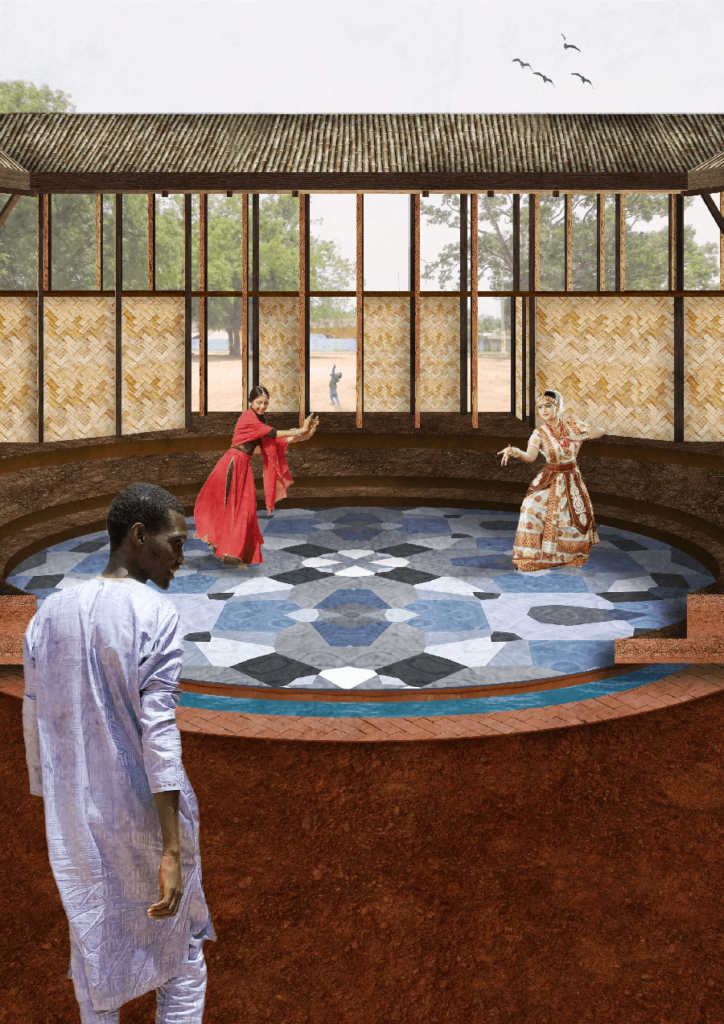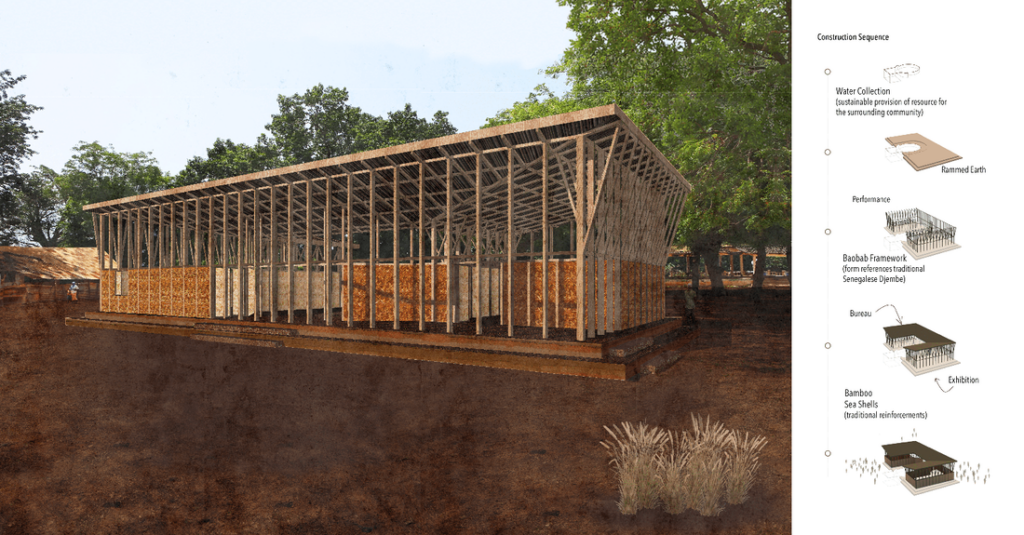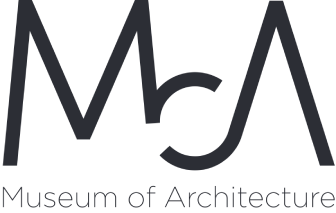Part I Graduate
BA (Hons) Architecture
My initial interest in architecture was rooted in my personal aspiration to improve the lives of the less fortunate. In retrospect, this may be considered a youthful assumption of the lives of people inhibited by poverty and my concern with wanting to help. An aspiration I now realise is very complicated — but one that I know can definitely be achieved through architecture by linking the common goal for designing sustainable futures with helping others because it “is about finding imaginative, creative solutions to improving people’s quality of life.” Alejandro Aravena in a lecture at the University of New South Wales School of Architecture.
I continue to view architecture as a relief that supports society and I remain interested in using this relief to improve the lives of people with and without access to it. I hope to one day design an economic and sustainable solution for homelessness with an emphasis on building quality for those without access to capital in Uganda, East Africa (where I was born). So, I look into projects similar to the Greenwich development, ‘Container City’ by Nicholas and Partners Lacey which sets precedent for contemporary housing with materials accessible to developing port communities. On my architectural journey, I have come to consider both Vernacular and Scandinavian flat-pack housing as a solution and look at how these typologies combined could create a solution. I went into architecture because I believed it would be the vehicle towards making these changes and meeting individuals who would influence or share my aspirations, and I continue to seek these people.
Kairo Looro Architecture for Peace — Competition, Student Entry
A pavilion for traditional vernacular arts and architecture; hosting a small exhibition, performance amphitheatre, and promenade.
Utilising local materials such as baobab timber, sourced from Africa’s ‘tree of life’ to reference the early Senegalese tradition of gathering underneath the tree. The buildings baobab column and beam framework situate the celebration of culture back underneath the tree, providing a space in which the people of Seddhiou and Senegal can gather in pride of tradition.



